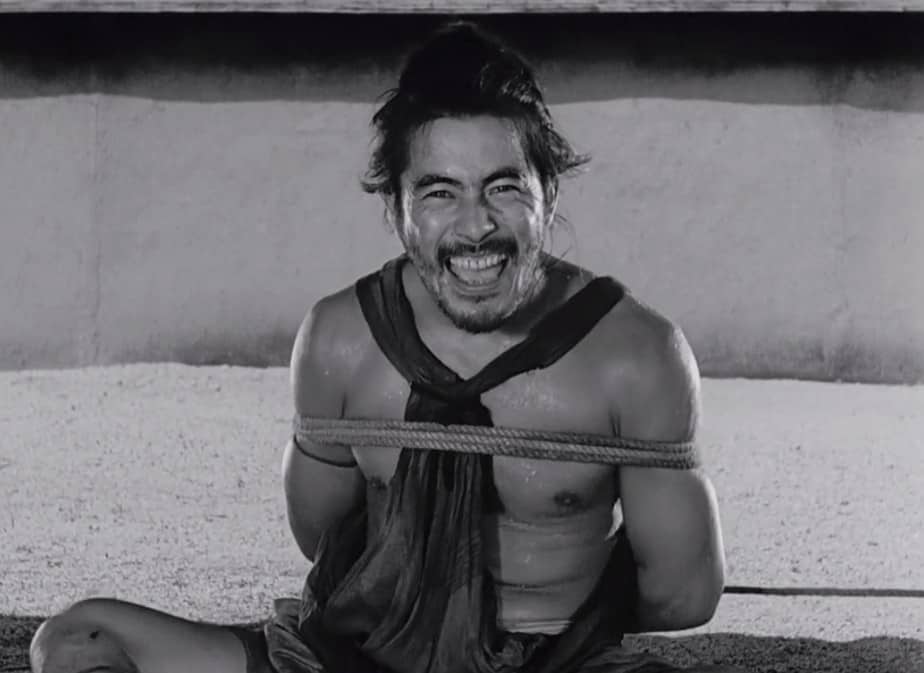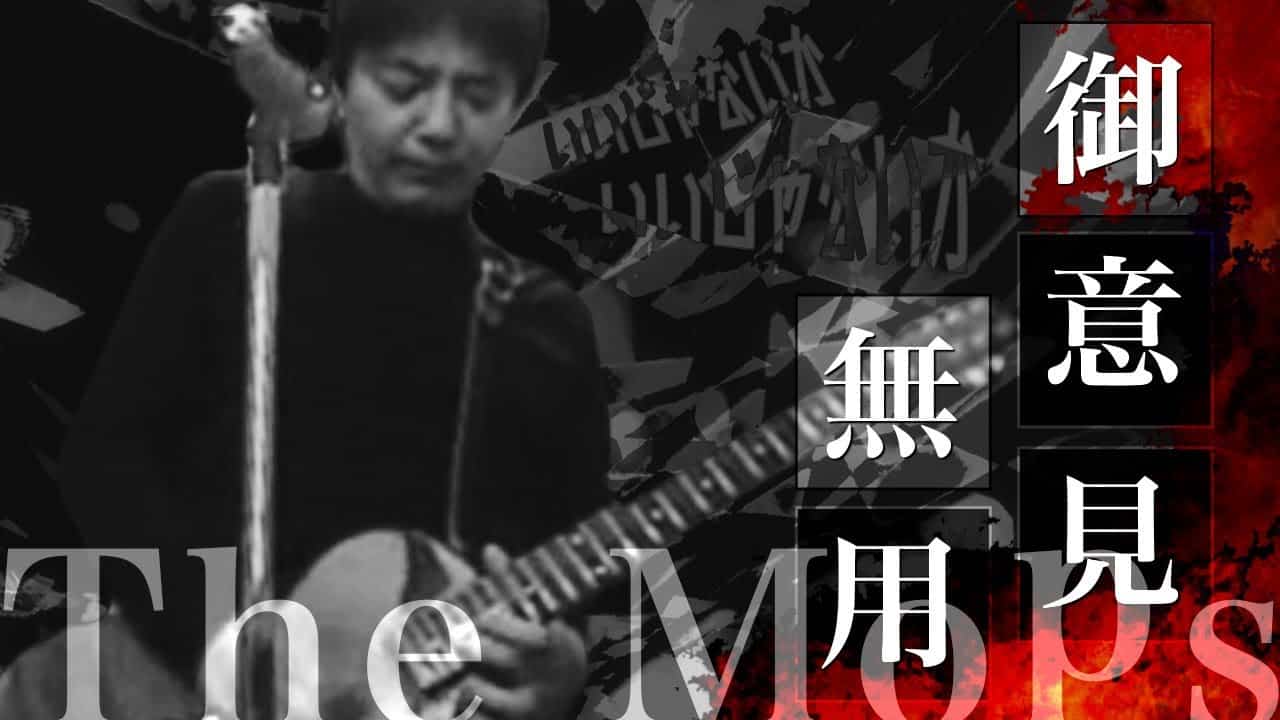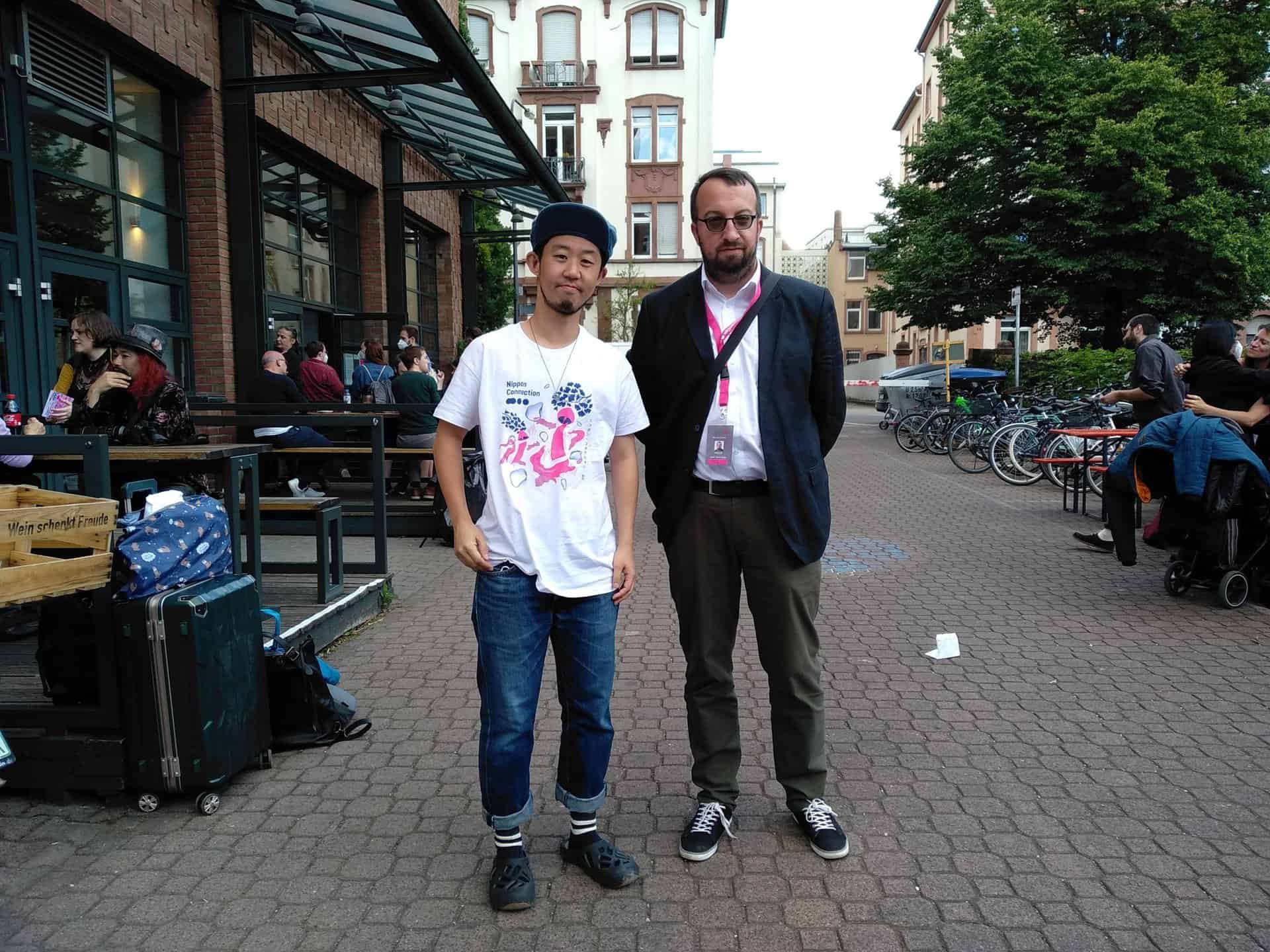The first successes of Asian films in the Oscars occured during the 50's, when the award for Foreign-Language Film was not yet introduced and the Academy presented Special/Honorary awards to the best foreign language films released in the United States. Three Japanese productions received these awards during this decade.
1951. Rashomon, by Akira Kurosawa. A priest, a woodcutter and another man are taking refuge from a rainstorm in the shell of a former gatehouse called Rashômon. The priest and the woodcutter are recounting the story of a murdered samurai whose body the woodcutter discovered three days earlier in a forest grove. Both were summoned to testify at the murder trial, the priest who ran into the samurai and his wife traveling through the forest just before the murder occurred.
Three other people who testified at the trial are supposedly the only direct witnesses: a notorious bandit named Tajômaru, who allegedly murdered the samurai and raped his wife; the white veil cloaked wife of the samurai; and the samurai himself who testifies through the use of a medium. The three tell a similarly structured story – that Tajômaru kidnapped and bound the samurai so that he could rape the wife – but which ultimately contradict each other, the motivations and the actual killing being what differ.
1954. Gate of Hell, by Teinosuke Kinugasa. During a rebellion in 1159, the samurai Morito desires the lady-in-waiting Kesa, but she's married to Wataru. Morito decides to get rid of his rival. He makes Kesa explain to him how he can kill her husband while he sleeps.
Kesa provides very precise instructions, yet when Morito follows through on her plan it is Kesa who gets killed. Morito understands that Kesa has sacrificed herself because she was determined to save Waturu's life and her honour.
1955. Samurai I: Musashi Miyamoto, by Hiroshi Inagaki.
With his closest friend, Matahachi, Takezo (the town's wild, orphan kid) leaves his village to join an army on its way to battle. After their side loses, they seek shelter in the isolated home of a widow, Oko, and her daughter, Akemi. Oko seduces Matahachi, who forgets his betrothal to the virtuous Otsu. Oko, Matahachi, and Akemi go to Kyoto, but Takezo returns to the village. Matahachi's family rejects Takezo's report and has him arrested for treason.
A monk rescues him from death and sentences him to the study of the samurai code. Otsu and Takezo fall in love, and she promises to wait for him when he sets off on the road as a knight errant.
Although during the next years there were some nominations, the next award would not come until the 70's
1975. Dersu Uzala, by Akira Kurosawa.
This was a Russia-Japnas co-production and the first film of the Japanese master that was not shot in the Japanese language. A Russian army explorer who is rescued in Siberia by a rugged Asian hunter renews his friendship with the woodsman years later when he returns as the head of a larger expedition.
The hunter finds that all of his nature lore is of no help when he accompanies the explorer back to civilization.
25 years later, the first Asian film outside Japan receives an award.
2000. Crouching Tiger,Hidden Dragon, by Ang Lee. Two warriors in pursuit of a stolen sword and a notorious fugitive are led to an impetuous, physically skilled, adolescent nobleman's daughter, who is at a crossroads in her life. The film won Oscars for Best Cinematography, Best Music, Original Score and Best Art Direction-Set Decoration.
Two years later an Asian animated film is awarded.
2002. Spirited Away, by Hayao Miyzaki. During her family's move to the suburbs, a sullen 10-year-old girl wanders into a world ruled by gods, witches, and spirits, and where humans are changed into beasts.
Six years after that, another Japanese film was presented with the award, the last one to this point.
2008. Departures, by Yojiro Takita. Daigo Kobayashi is a devoted cellist in an orchestra that has just been dissolved and now finds himself without a job. Daigo decides to move back to his old hometown with his wife to look for work and start over. He answers a classified ad entitled “Departures” thinking it is an advertisement for a travel agency only to discover that the job is actually for a “Nokanshi” or “encoffineer,” a funeral professional who prepares deceased bodies for burial and entry into the next life. While his wife and others despise the job, Daigo takes a certain pride in his work and begins to perfect the art of “Nokanshi,” acting as a gentle gatekeeper between life and death, between the departed and the family of the departed. The film follows his profound and sometimes comical journey with death as he uncovers the wonder, joy and meaning of life and living.
















Departures.. That was a classy film
I totally agrre Brian. Departures is Japanese cinema at its best